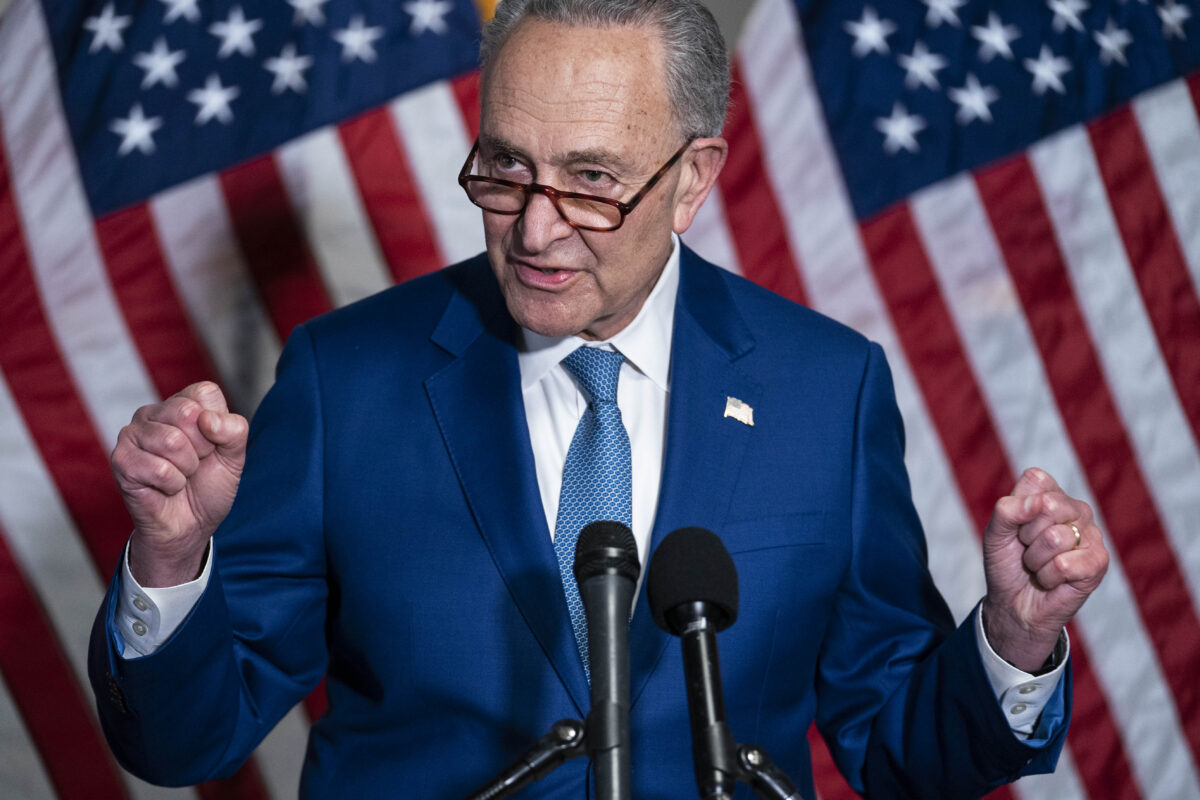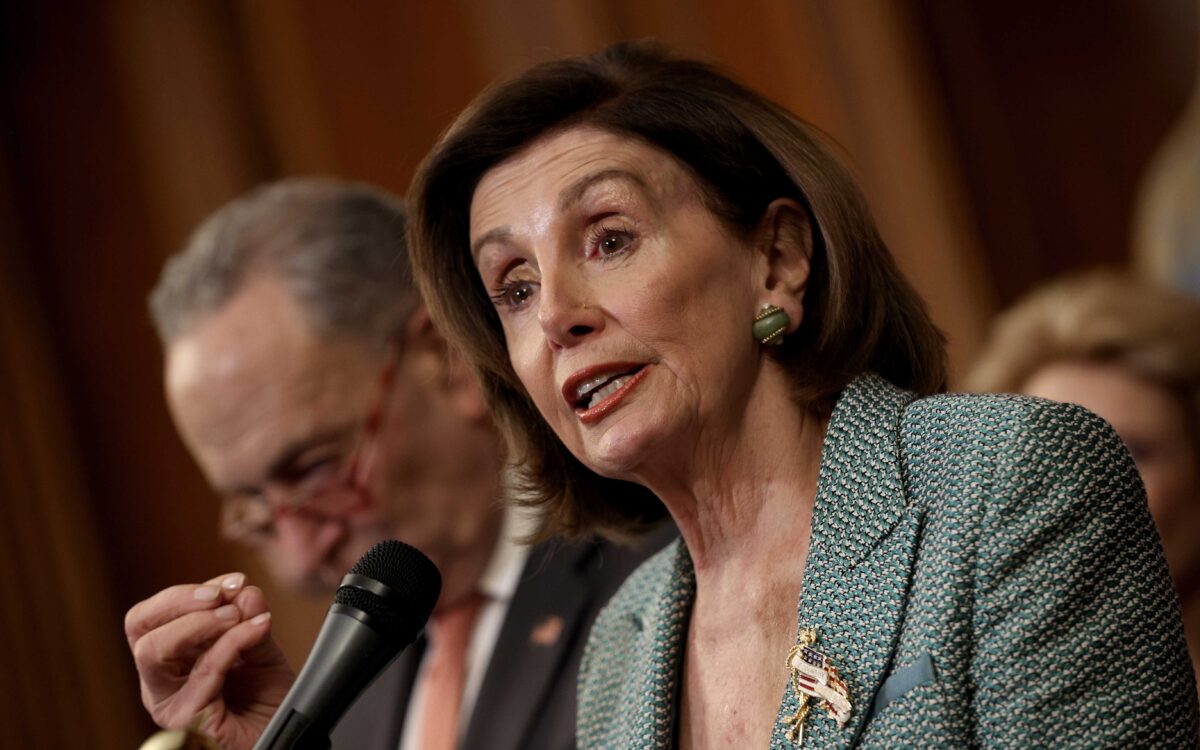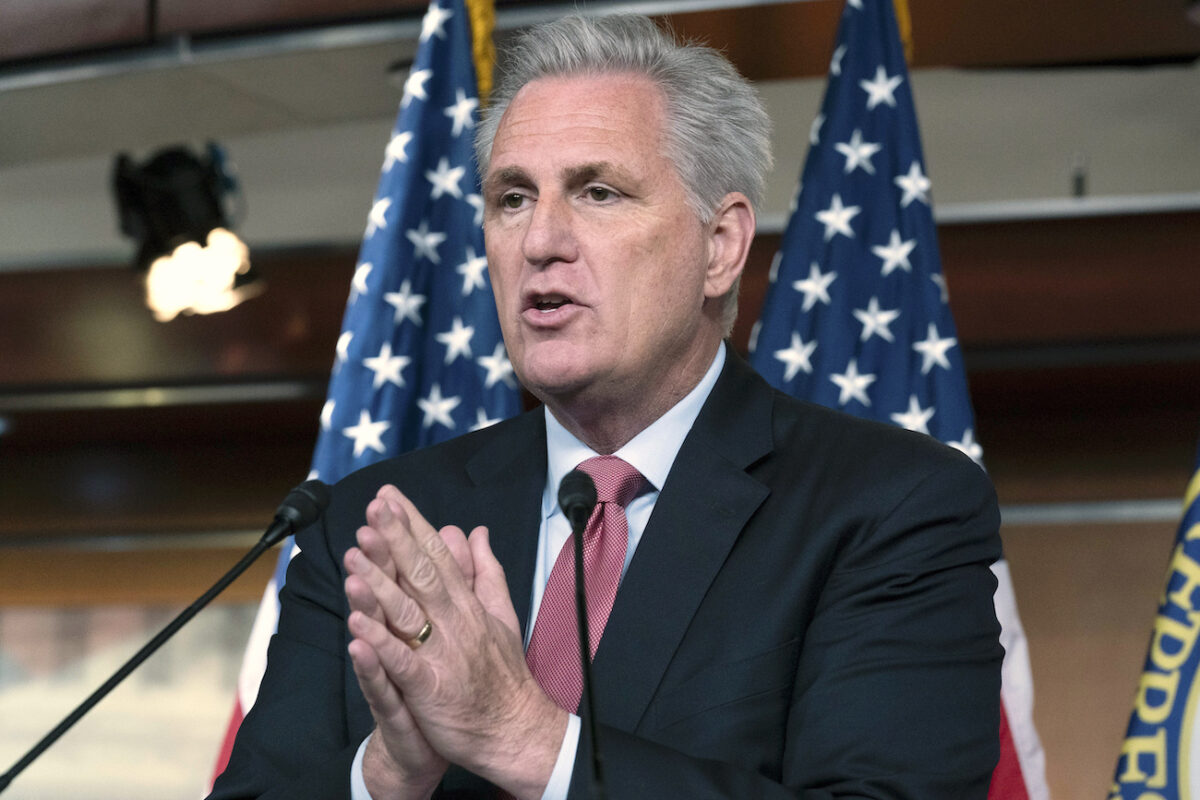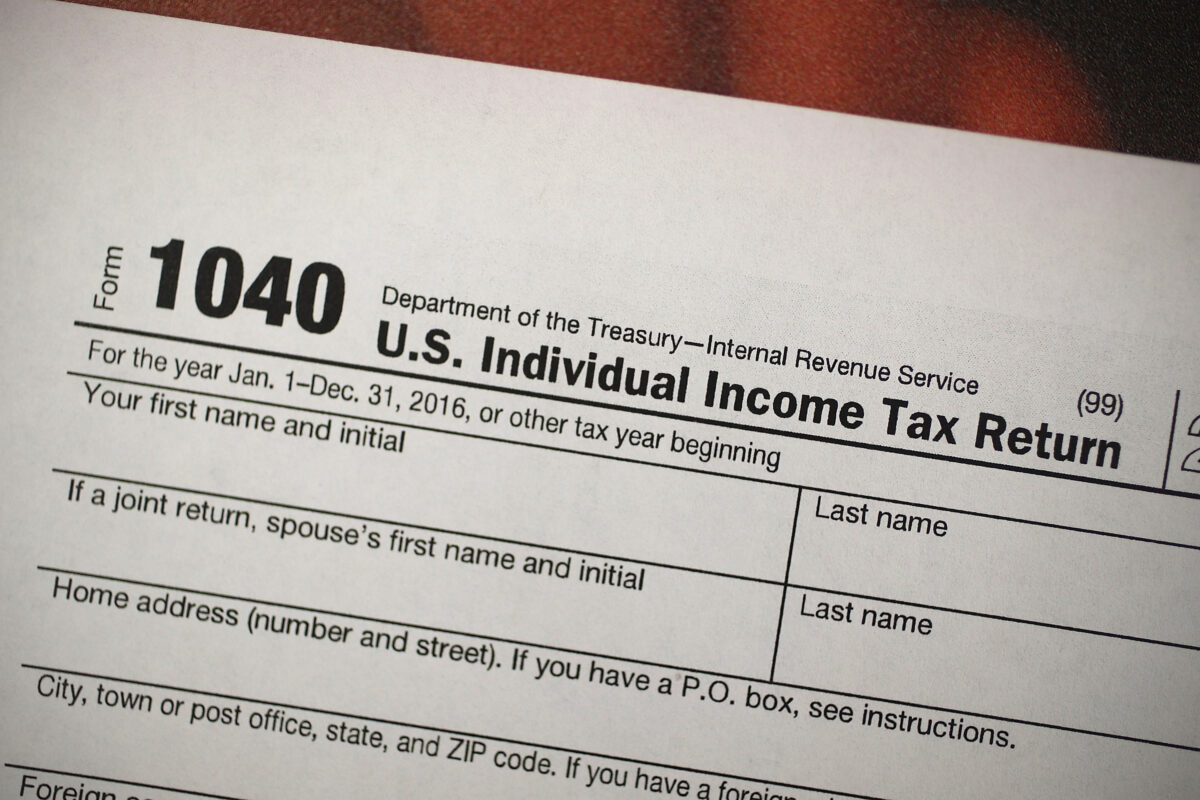Tax Cuts for the Middle Class Phased Out but Continued for Rich
Democratic leaders decline to comment on analysis after portraying tax cuts as hurting middle class
Democratic leaders at both ends of Pennsylvania Avenue in the nation's capital declined to comment on a new analysis of IRS data showing that former President Donald Trump's 2017 tax cuts benefited middle-class taxpayers significantly more than those in the top income brackets.
"According to data from the U.S. Internal Revenue Service comparing outcomes from 2017 to 2018—the first year the tax reform law went into effect—the Tax Cuts and Jobs Act reduced average effective income tax rates for filers in every one of the IRS's income brackets, with the largest benefits going to lower- and middle-income households," wrote Justin Haskins, director of Heartland Institute's Socialism Research Center.
"For example, after accounting for all tax deductions and credits, filers with an adjusted gross income (AGI) of $40,000 to $50,000 received an average tax cut of 18.2 percent.
"The IRS data further show that the Tax Cuts and Jobs Act appeared to have a strong upward effect on economic mobility. The number of filers with an adjusted gross income of $1 to $25,000 decreased by more than 2 million in just one year, while the number of households reporting incomes higher than $25,000 increased in every income bracket.
"The most significant increase occurred in the $100,000 to $200,000 bracket, which included more than 1 million additional filers in 2018 than it did in 2017.
"The IRS data also revealed that higher-income earners paid an even larger share of the total tax burden in 2018 than they did in 2017, indicating that the Tax Cuts and Jobs Act may have made the tax code slightly more progressive."
Haskins's analysis is based on the federal tax agency's Statistics of Income publicly available database for 2017 and 2018. Haskins told The Epoch Times on Dec. 7 that he's presently updating the analysis with data for 2019, which he said appears to be continuing the trend seen in the 2018 data.
The Epoch Times requested comment on the Haskins analysis on Dec. 7 from multiple Democratic leaders, but none of their spokesmen were willing to respond. The Epoch Times also provided a copy of Haskins's dataset along with an invitation to provide comments on both his methodology and the results.

Democratic leaders who were contacted included President Joe Biden, Senate Majority Leader Chuck Schumer (D-N.Y.), Speaker of the House Nancy Pelosi (D-Calif.), House Majority Leader Steny Hoyer (D-Md.), House Ways and Means Committee Chairman Richard Neal (D-Mass.), and House Financial Services Chairman Maxine Waters (D-Calif.).
Biden had vowed in his standard stump speech during the 2020 presidential campaign that the first thing he would do is "repeal those Trump tax cuts."
Similarly, Schumer said during Senate debate on the Trump proposal that "every independent analysis has shown that it will end up raising taxes on millions of middle-class families. The Tax Policy Center estimates that 60 percent of middle-class families will see a tax increase at the end of the day, while folks making over $1 million a year will get an average tax cut of $40,000."

The then-Senate minority leader also said: "Do millionaires need a tax cut at all? Are they doing so poorly? Is there any study that shows this kind of tax cut will make them work harder or create more jobs? No. None."
Like Schumer, Pelosi repeatedly predicted that the Trump tax cuts would actually mean that"86 million middle-class families will see a tax increase, while they advertise it as a middle-class bill."
In addition, Pelosi told reporters at a weekly news conference in 2017 that "the tax cuts in the bill, 80 percent of the tax cuts in the bill benefit the top 1 percent in our country. $2.6 trillion in tax cuts go to corporate America. Around $475 million, excuse me, $475 billion in tax increases go to Middle America. … So, again, it raises taxes on middle class, cuts the tax of the wealthiest, adds trillions to the deficit."
Republicans weren't hesitant to respond when The Epoch Times sought their comments.

House Minority Leader Kevin McCarthy (R-Calif.) told The Epoch Times that "the Republican-led tax cuts undisputedly delivered more money in the pockets of the American people. Just in the first year after the 2017 law was enacted, Americans making $50,000 or less saw a tax cut of up to 26 percent.
"This stands in stark contrast to Democrats' radical reconciliation bill, which would raise taxes on 30 percent of middle-class families. It would also unleash 87,000 more IRS bureaucrats to squeeze out more money from American workers, including families making $75,000 or less—all while giving big tax breaks to millionaires in blue states. House Republicans stand united against this bill because this bill stands against middle-class American families."
Preston Brashers, senior policy analyst for the Herman Tax Policy Center at the Heritage Foundation told The Epoch Times that "Heritage has looked at the issue by income percentiles and reached very similar conclusions. Any honest look at the data reveals one thing: Taxpayers in the middle- and lower-income groups saw huge direct benefits from the Trump tax cuts. The idea that this was mostly just a tax cut for the rich is clearly refuted by the data."

Brashers added that tax cuts brought indirect benefits to individuals and families as well.
"Median real weekly earnings took off between 2017 and 2019 after mostly stagnating for the past 20 years. Unemployment was at a near 50-year low; labor force participation was rising, reversing a persistent downward trend. A strong economy made American lives better across the board."
In a related development on the Senate side, a National Republican Senatorial Committee spokesman condemned Biden's Build Back Better tax and spending proposal that restores a full deduction known as the State and Local Tax credit for state-level taxes paid. The deduction mainly benefits high-income residents of high-tax Democratic states like New York, California, and New Jersey.
"The Democrat Party being torn in half from arguing over how big of a tax break to give millionaires and billionaires was not something many people had on their 2021 bingo card," T. R. Arrighi, the NRSC spokesman, said in a statement. "The supposed 'party of the working-class' is dead and buried. While Republicans fight to stop inflation and reckless new spending and taxes, Chuck Schumer and Senate Democrats are busy trying to help their donors save a few bucks on their house in the Hamptons."
Source: https://www.theepochtimes.com/mkt_app/new-analysis-shows-trump-tax-cuts-helped-middle-class-more-than-rich_4143678.html

0 Response to "Tax Cuts for the Middle Class Phased Out but Continued for Rich"
Post a Comment